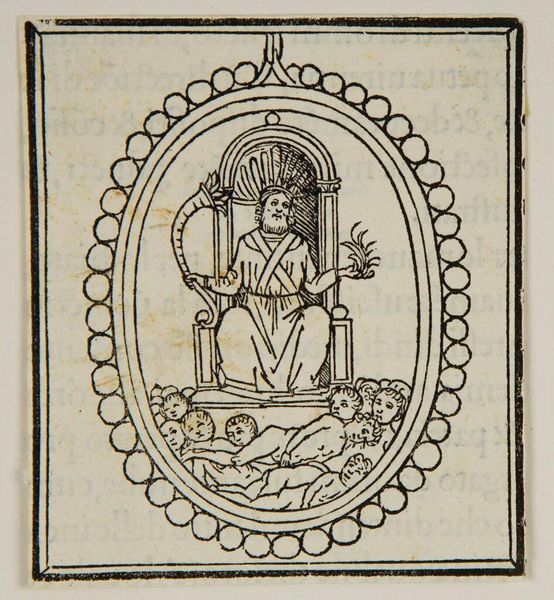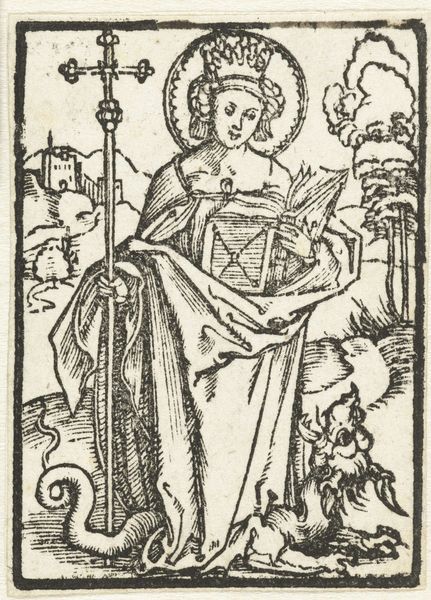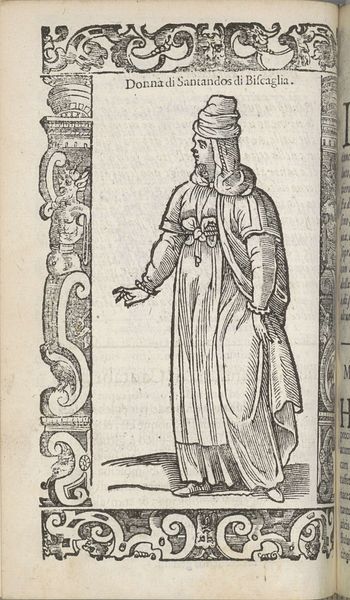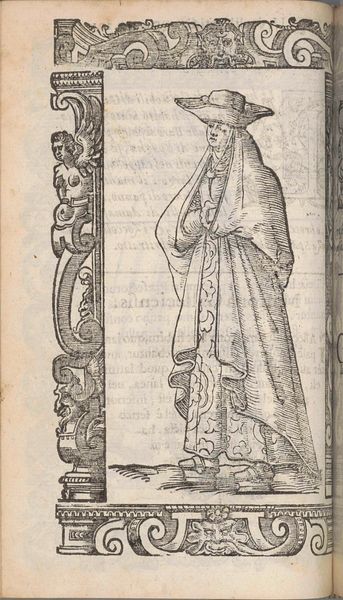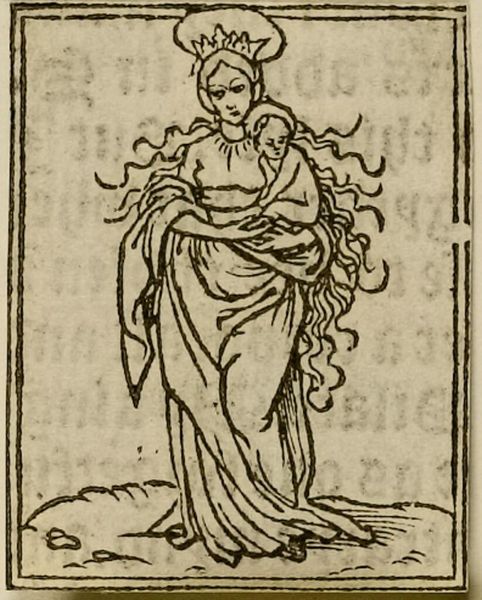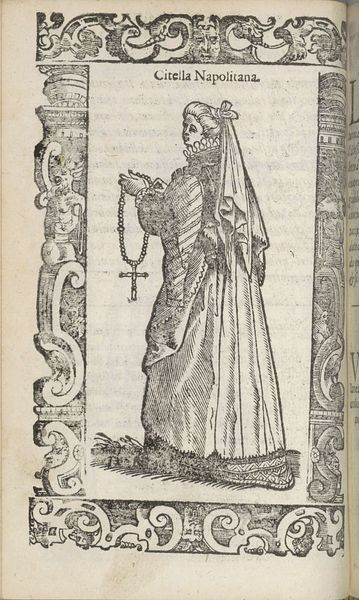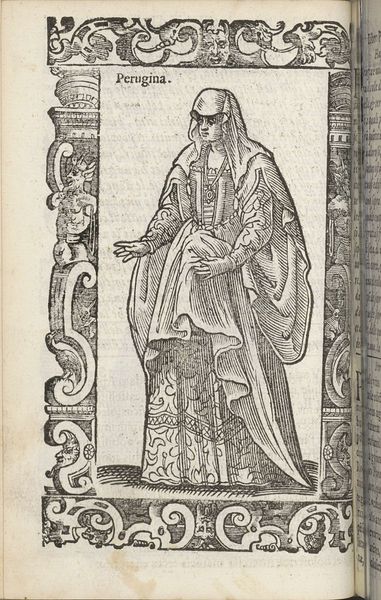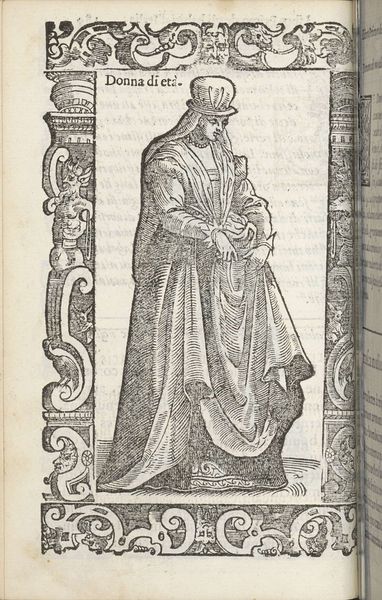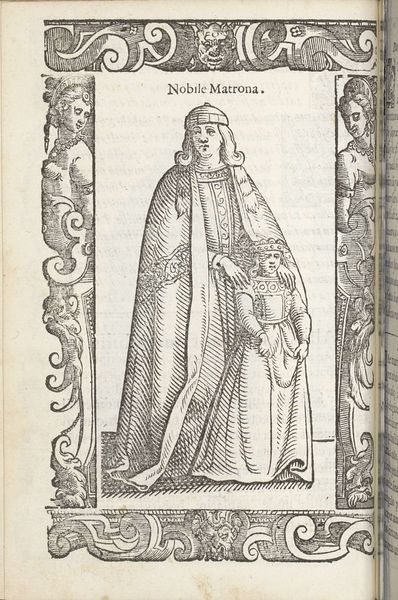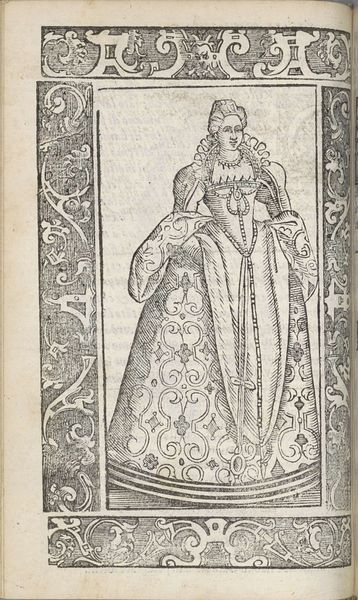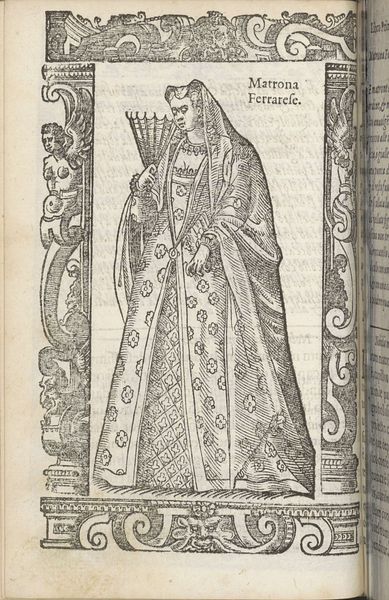
Copyright: CC0 1.0
Curator: This woodcut, attributed to an anonymous artist, is titled "Pope Joan." Its graphic starkness immediately captures my attention. The lines seem almost… urgent. Editor: Yes, the starkness is powerful. Look at the way the textures are built solely through line work; it’s a testament to the engraver’s skill. Do you think that simplicity amplifies the message about the material extravagance of the papacy? Curator: Precisely! The image circulated widely, playing into anxieties about female authority and institutional corruption. The Pope Joan legend, though likely fictional, served as potent anti-papal propaganda. Editor: I'm intrigued by the use of a relatively accessible medium, like the woodcut. It allowed for mass production and dissemination, influencing public perception through readily available images. Curator: It speaks to the power of visual culture to shape historical narratives. This image reinforced a particular socio-political critique of the Church. Editor: And considering the materiality of printed images, think of the workshops and labor involved! The consumption and distribution of images like these served specific social functions. Curator: Reflecting on this piece, it’s a reminder of the political weight images can carry, especially when reproduced and circulated broadly. Editor: Agreed. Seeing the labor in this artwork, it highlights how material processes intersect with cultural meaning.
Comments
No comments
Be the first to comment and join the conversation on the ultimate creative platform.
